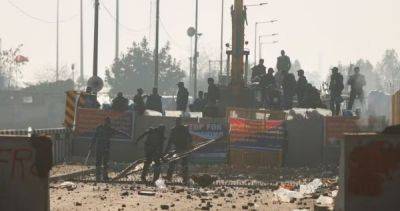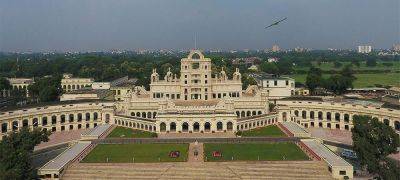Why thousands of Indian farmers are protesting again
NEW DELHI (AP) — Tens of thousands of Indian farmers are marching toward the capital to demand guaranteed crop prices, renewing a movement from two years ago that succeeded in getting the government to repeal contentious new agricultural laws.
On Tuesday, police used tear gas, detained a number of farmers and heavily barricaded border points to block the protesters from entering New Delhi.
Authorities are determined to control the new demonstrations to avoid a repeat of the 2021 protests, in which tens of thousands of farmers camped outside the capital for over a year, enduring a harsh winter and a devastating COVID-19 surge.
WHY ARE FARMERS PROTESTING AGAIN?
The farmers, who rode on tractors and trucks from neighboring Haryana and Punjab states, say the government has failed to meet some of their key demands from the previous protests.
In 2021, Prime Minister Narendra Modi repealed a set of agricultural laws that had triggered the first round of protests from farmers, who said the legislation would hurt their incomes.
But farmer groups that are leading the current march say that since then, the government hasn’t made progress on other important demands such as guaranteed crop prices, a doubling of farmers’ income and loan waivers.
The demand for legislation that will guarantee minimum support prices is at the heart of their protests.
Currently, the government protects agricultural producers against any sharp fall in farm prices by setting a minimum purchase price for certain essential crops, a system that was introduced in the 1960s to help shore up food reserves and prevent shortages. But the farmers are demanding that this be extended to all farm produce, and not just essential crops.
WHAT HAPPENED LAST TIME?
In November







